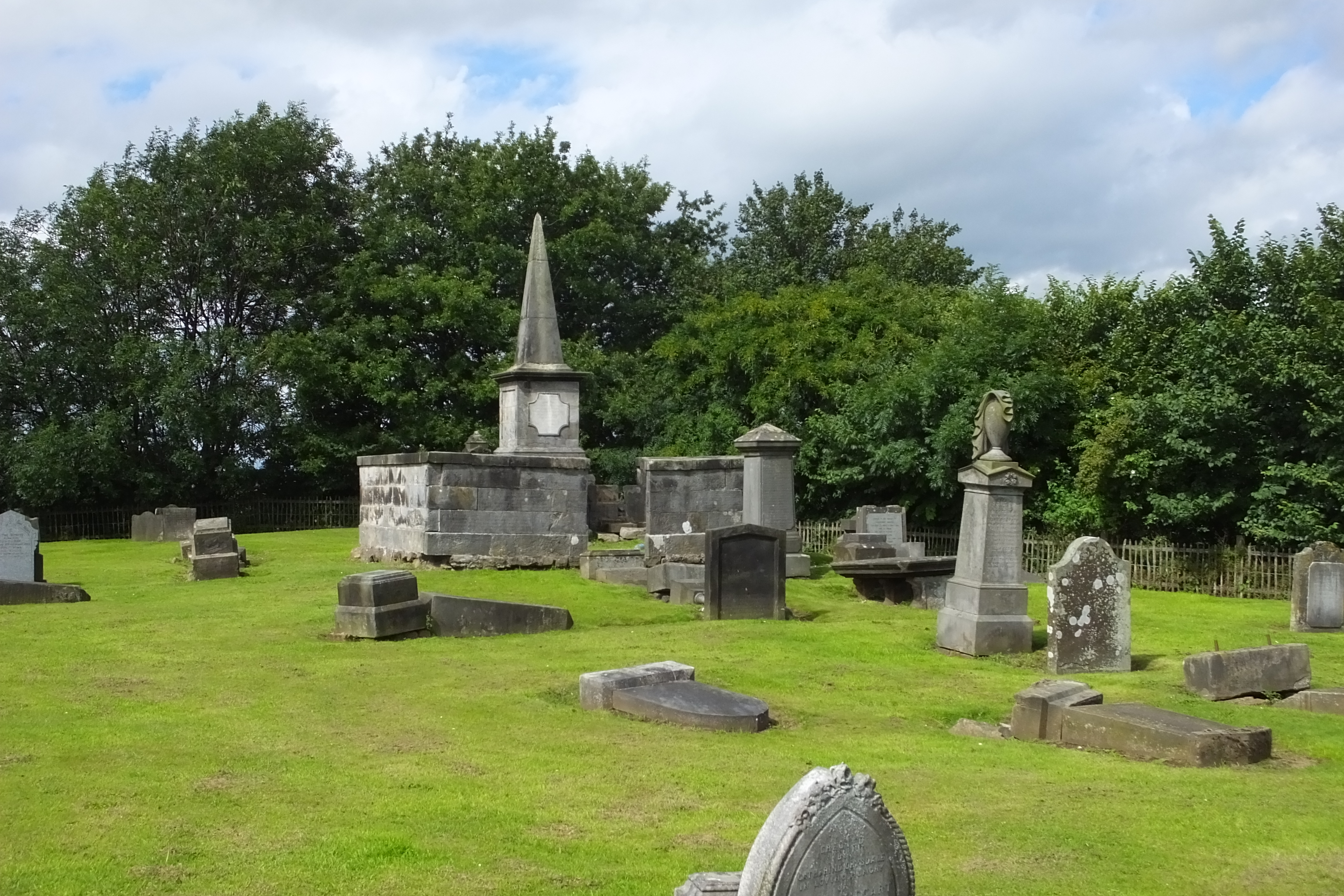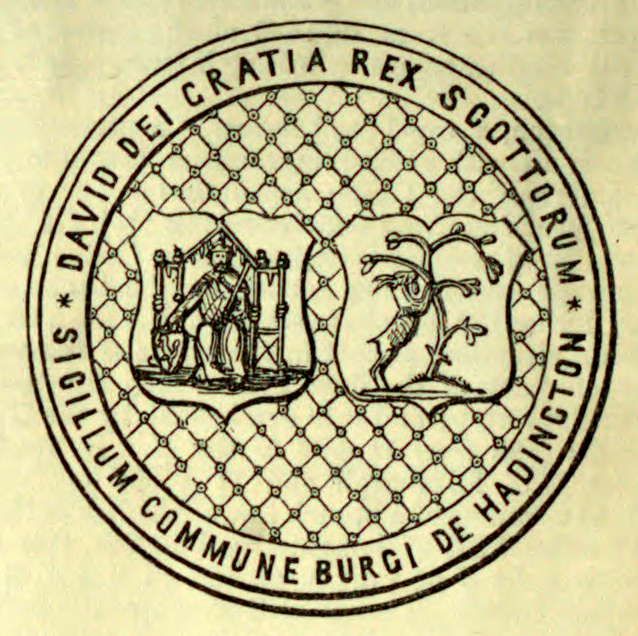|
Buckhaven And Methil
Buckhaven and Methil was a burgh of Scotland, centred on the towns of Buckhaven and Methil. It formed in 1891 and was abolished in 1975. Buckhaven and Methil exist today as two towns although both are within the Levenmouth area according to a description given by Fife Council Fife Council is the local authority for the Fife area of Scotland and is the third largest Scottish council, with 75 elected council members. Councillors are generally elected every five years. At the 2012 election there were 78 councillors ele .... See also * Levenmouth References Burghs Geography of Fife Levenmouth {{Fife-geo-stub ... [...More Info...] [...Related Items...] OR: [Wikipedia] [Google] [Baidu] |
Burgh
A burgh is an autonomous municipal corporation in Scotland and Northern England, usually a city, town, or toun in Scots. This type of administrative division existed from the 12th century, when King David I created the first royal burghs. Burgh status was broadly analogous to borough status, found in the rest of the United Kingdom. Following local government reorganisation in 1975, the title of "royal burgh" remains in use in many towns, but now has little more than ceremonial value. History The first burgh was Berwick. By 1130, David I (r. 1124–53) had established other burghs including Edinburgh, Stirling, Dunfermline, Haddington, Perth, Dumfries, Jedburgh, Montrose and Lanark. Most of the burghs granted charters in his reign probably already existed as settlements. Charters were copied almost verbatim from those used in England, and early burgesses usually invited English and Flemish settlers.A. MacQuarrie, ''Medieval Scotland: Kinship and Nation'' (Thrupp: Sutton, 2 ... [...More Info...] [...Related Items...] OR: [Wikipedia] [Google] [Baidu] |
Buckhaven
Buckhaven is a town on the east coast of Fife, Scotland, on the Firth of Forth between East Wemyss and Methil. Buckhaven is on the Fife Coastal Path, and near to Wemyss Caves and Largo Bay. History The name Buckhaven is probably from the Scots terms ''buck'' or ''bukk'' "to gush out" and ''haven'' or "harbour". Once a thriving weaving village and fishing port, in 1831 it was reported as having the second-largest fishing fleet in Scotland with a total of 198 boats. Fishing declined during the 19th century, but in the 1860s Buckhaven developed more into a mining town. Although coal waste blackened its beaches and silted up its now non-existent harbour, it later became a Fife coast holiday resort and recreation area for locals. Nowadays, it is classed as one of Fife's 'Regeneration areas' in need of regeneration both socially and economically. The first element is probably related to the Sc verb buck, bukk, ‘to pour forth, gush out’ (DSL), perhaps describing the coasta ... [...More Info...] [...Related Items...] OR: [Wikipedia] [Google] [Baidu] |
Methil
Methil (Scottish Gaelic: Meadhchill) is an eastern coastal town in Scotland. It was first recorded as "Methkil" in 1207, and belonged to the Bishop of St Andrews. Two Bronze Age cemeteries have been discovered which date the settlement as over 8,000 years old. Famous for its High Street having the most pubs per mile in Scotland, it was part of its own barony in 1614 and also part of the former burgh of Buckhaven and Methil. This burgh existed between 1891 and 1975 (following the reorganisation of local government). It is situated within a continuous urban area described as Levenmouth. Methil lies geographically between Largo Bay to the east and Wemyss Bay to the west. Previously an industrial maritime powerhouse of the region and once Scotland's greatest coal port, it is now redirecting itself towards a green energy future. The River Leven delineates Methil from adjacent towns. Toponymy The name, Methil, is from Scottish Gaelic, and appears to derive from ''meadh(on)'' me ... [...More Info...] [...Related Items...] OR: [Wikipedia] [Google] [Baidu] |
A Vision Of Britain Through Time
The Great Britain Historical GIS (or GBHGIS) is a spatially enabled database that documents and visualises the changing human geography of the British Isles, although is primarily focussed on the subdivisions of the United Kingdom mainly over the 200 years since the first census in 1801. The project is currently based at the University of Portsmouth, and is the provider of the website ''A Vision of Britain through Time''. NB: A "GIS" is a geographic information system, which combines map information with statistical data to produce a visual picture of the iterations or popularity of a particular set of statistics, overlaid on a map of the geographic area of interest. Original GB Historical GIS (1994–99) The first version of the GB Historical GIS was developed at Queen Mary, University of London between 1994 and 1999, although it was originally conceived simply as a mapping extension to the existing Labour Markets Database (LMDB). The system included digital boundaries for r ... [...More Info...] [...Related Items...] OR: [Wikipedia] [Google] [Baidu] |
Levenmouth
Levenmouth is a conurbation comprising a network of settlements on the north side of the Firth of Forth, in Fife on the east coast of Scotland. It consists of three principal coastal towns; Leven, Buckhaven, and Methil, and a number of villages and hamlets inland. The industrial towns of Buckhaven and Methil lie on the west bank of the River Leven, and the resort town of Leven is on the east bank. The "Bawbee Bridge" links the two sides of the river. Historically, Buckhaven and Methil were joined together as one burgh, while Leven was separate. The area had an estimated population of 37,238 in 2006. Levenmouth's economy has traditionally been focussed on heavy and traditional industries and has struggled economically since the closure of its coal mines. The main employers are Fife Scottish Omnibuses Ltd. Bi-Fab, Diageo, Donaldson Timber, Pfaudler Balfour and Silberline. History Toponymy The area is named after the mouth of the River Leven. The word 'Leven' comes from the Pi ... [...More Info...] [...Related Items...] OR: [Wikipedia] [Google] [Baidu] |
Fife Council
Fife Council is the local authority for the Fife area of Scotland and is the third largest Scottish council, with 75 elected council members. Councillors are generally elected every five years. At the 2012 election there were 78 councillors elected, but this was reduced to 75 by the time of the 2017 election, after a review by the Boundary commission for Scotland. The number of wards was reduced from 23 to 22. Councillors make decisions at its regular Council meetings, or at those of its nine other general committees (covering for example Tourism and transportation, Education, Environment, Housing, Licensing etc.), two planning committees, and seven area committees. Following the May 2017 council elections no party was in overall control, resulting in a Power Sharing Agreement being drawn up between the Scottish National Party (SNP) and the Labour group to share control equally. David Alexander (SNP) and David Ross (Labour) were agreed as co-leaders of the council. A Provost o ... [...More Info...] [...Related Items...] OR: [Wikipedia] [Google] [Baidu] |
Burghs
A burgh is an autonomous municipal corporation in Scotland and Northern England, usually a city, town, or toun in Scots. This type of administrative division existed from the 12th century, when King David I created the first royal burghs. Burgh status was broadly analogous to borough status, found in the rest of the United Kingdom. Following local government reorganisation in 1975, the title of "royal burgh" remains in use in many towns, but now has little more than ceremonial value. History The first burgh was Berwick. By 1130, David I (r. 1124–53) had established other burghs including Edinburgh, Stirling, Dunfermline, Haddington, Perth, Dumfries, Jedburgh, Montrose and Lanark. Most of the burghs granted charters in his reign probably already existed as settlements. Charters were copied almost verbatim from those used in England, and early burgesses usually invited English and Flemish settlers.A. MacQuarrie, ''Medieval Scotland: Kinship and Nation'' (Thrupp: Sutton, 20 ... [...More Info...] [...Related Items...] OR: [Wikipedia] [Google] [Baidu] |
Geography Of Fife
Geography (from Greek: , ''geographia''. Combination of Greek words ‘Geo’ (The Earth) and ‘Graphien’ (to describe), literally "earth description") is a field of science devoted to the study of the lands, features, inhabitants, and phenomena of Earth. The first recorded use of the word γεωγραφία was as a title of a book by Greek scholar Eratosthenes (276–194 BC). Geography is an all-encompassing discipline that seeks an understanding of Earth and its human and natural complexities—not merely where objects are, but also how they have changed and come to be. While geography is specific to Earth, many concepts can be applied more broadly to other celestial bodies in the field of planetary science. One such concept, the first law of geography, proposed by Waldo Tobler, is "everything is related to everything else, but near things are more related than distant things." Geography has been called "the world discipline" and "the bridge between the human and th ... [...More Info...] [...Related Items...] OR: [Wikipedia] [Google] [Baidu] |



